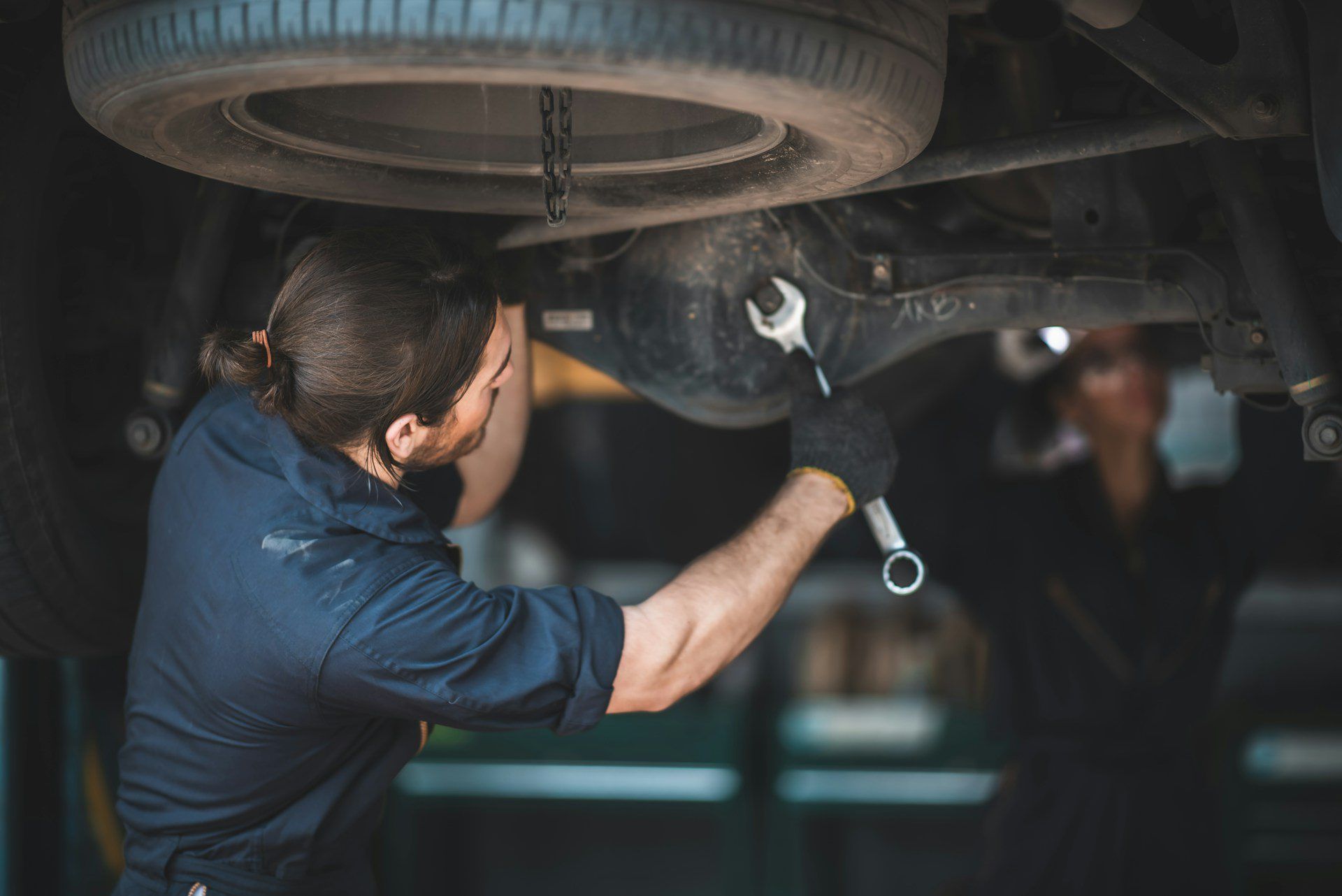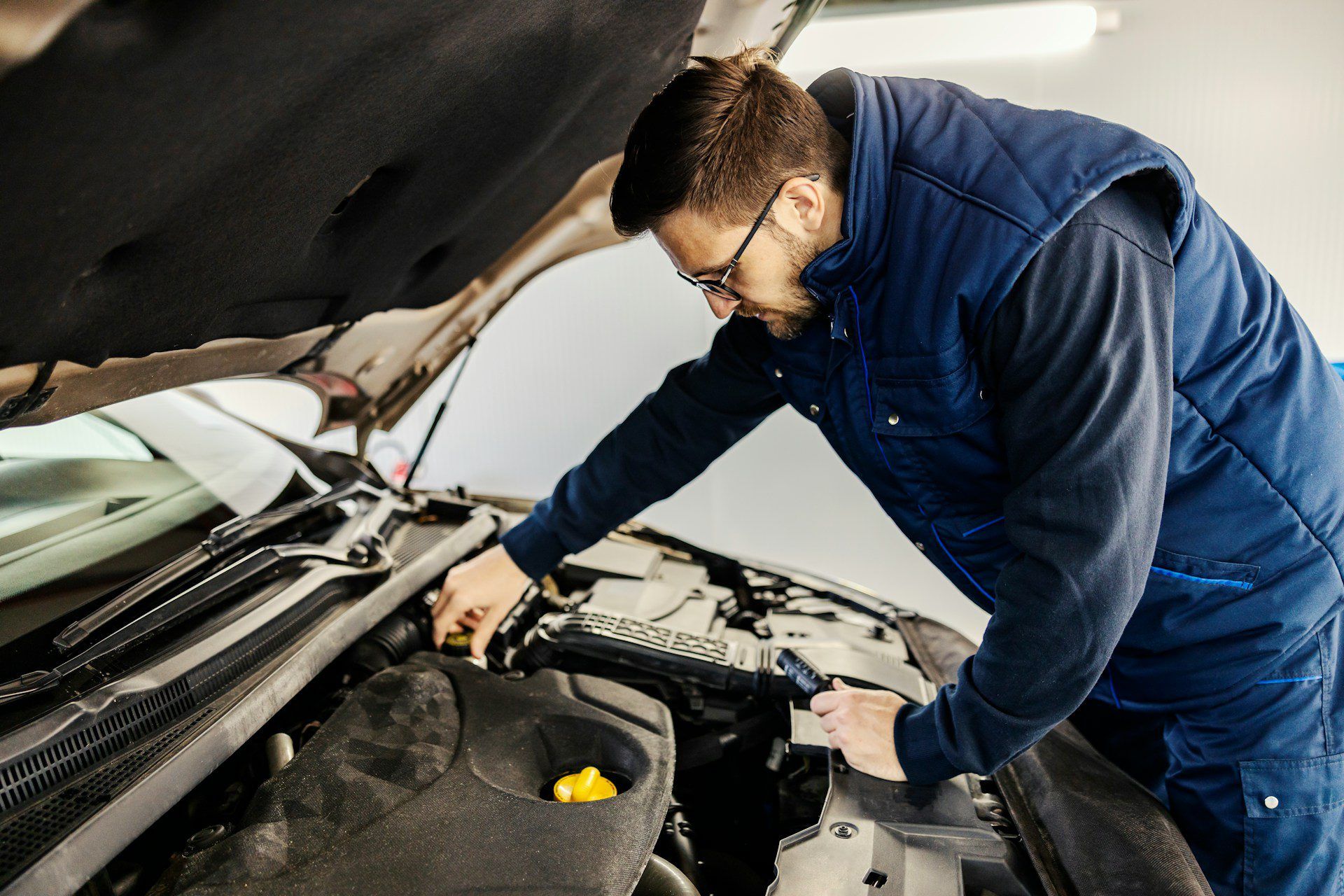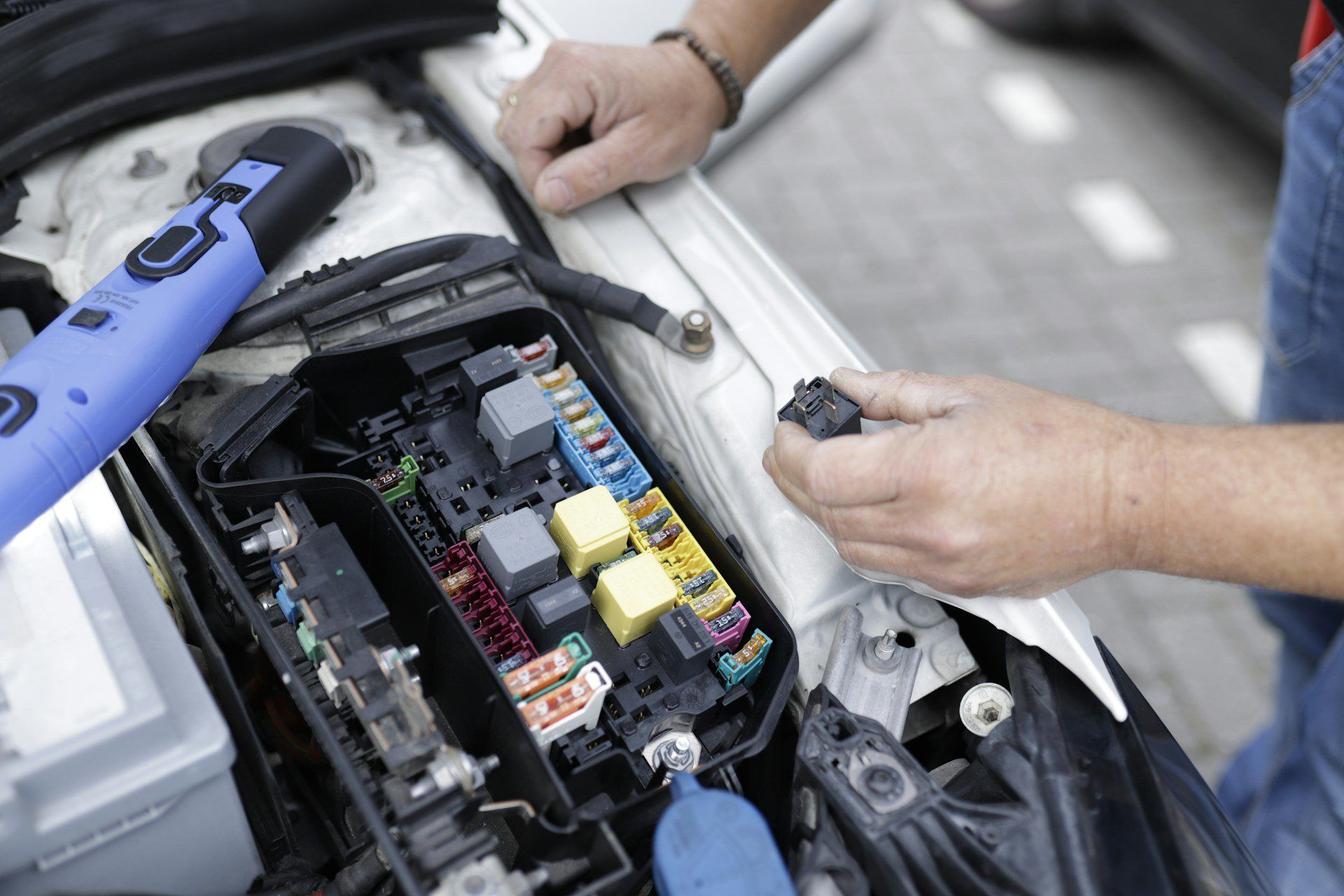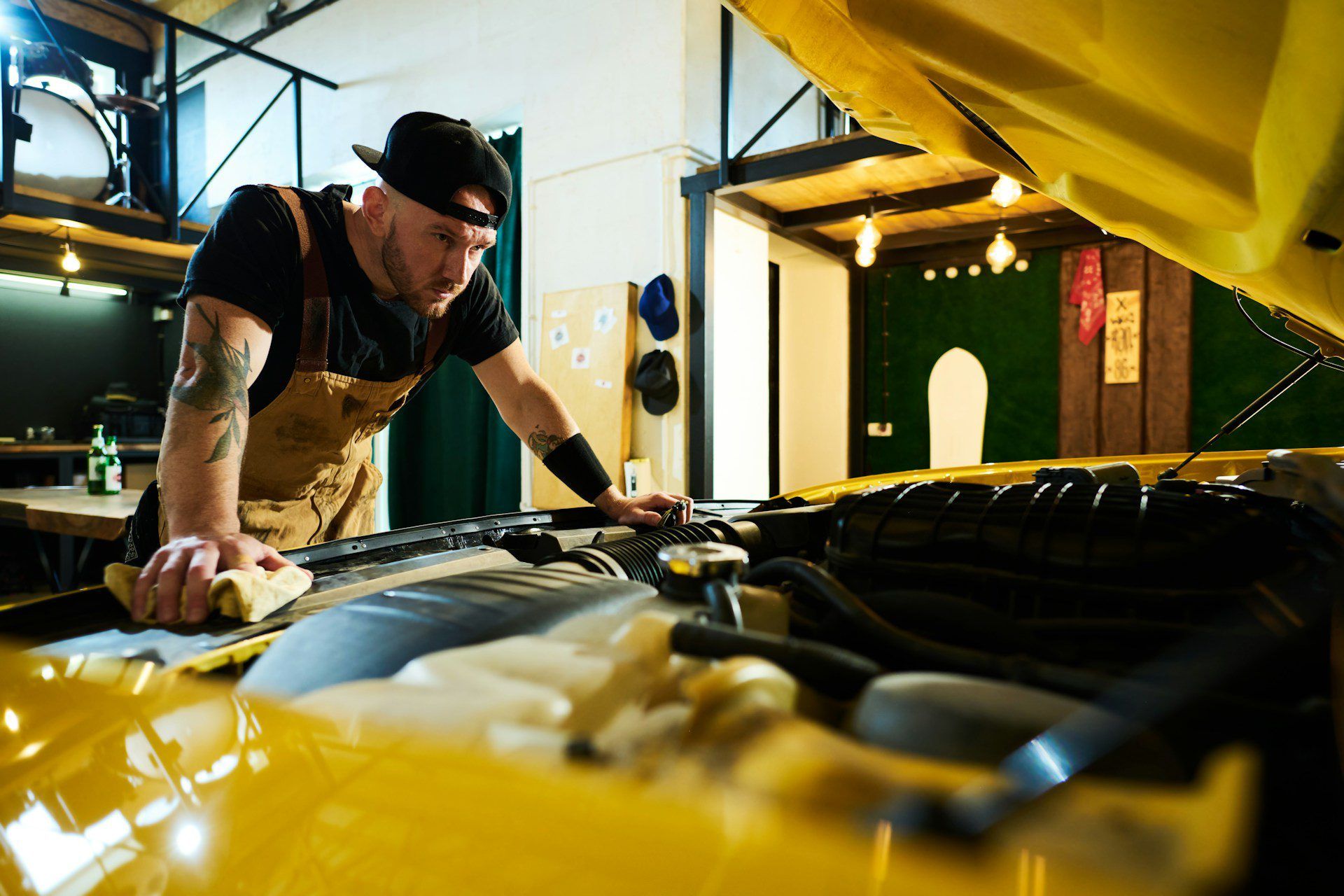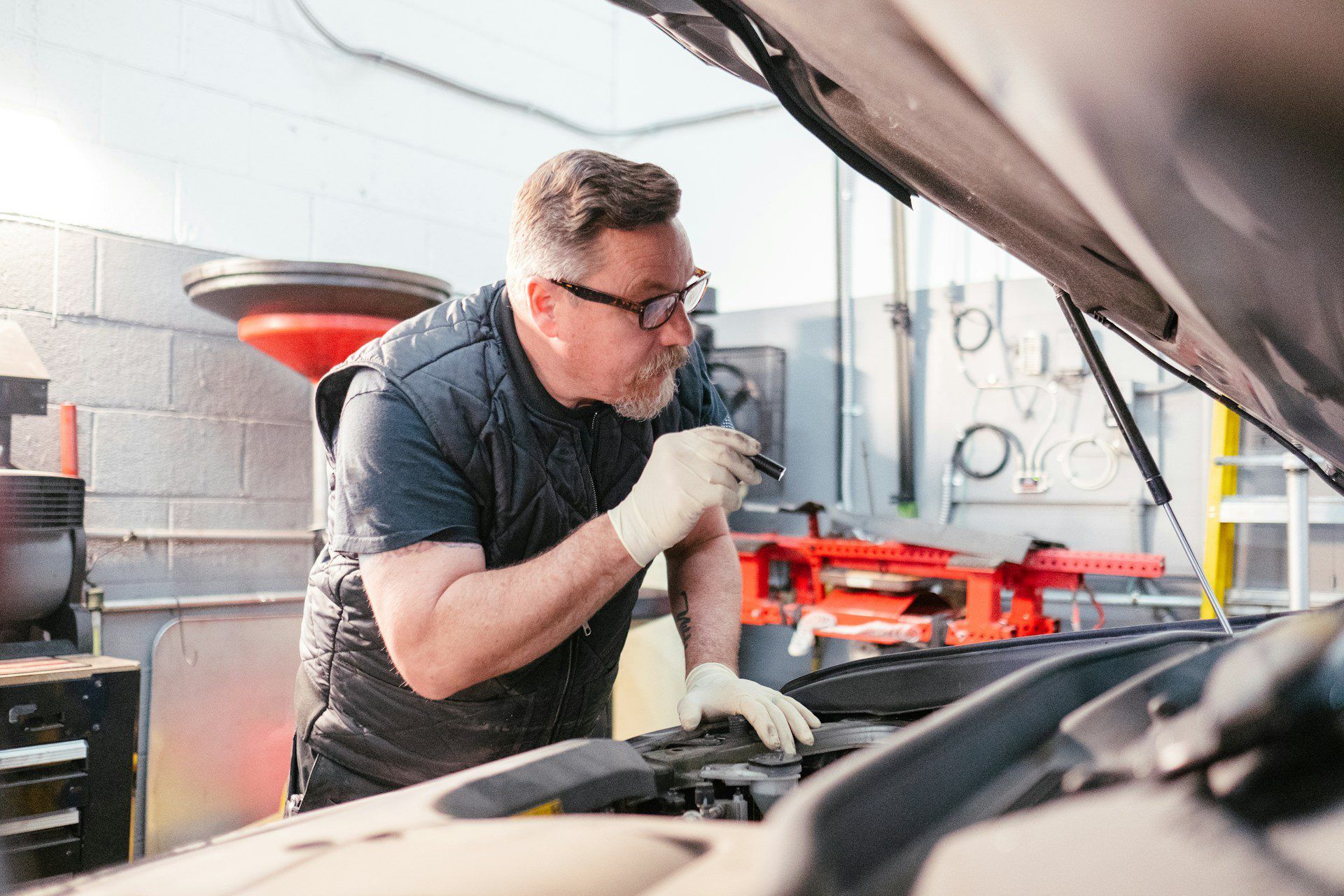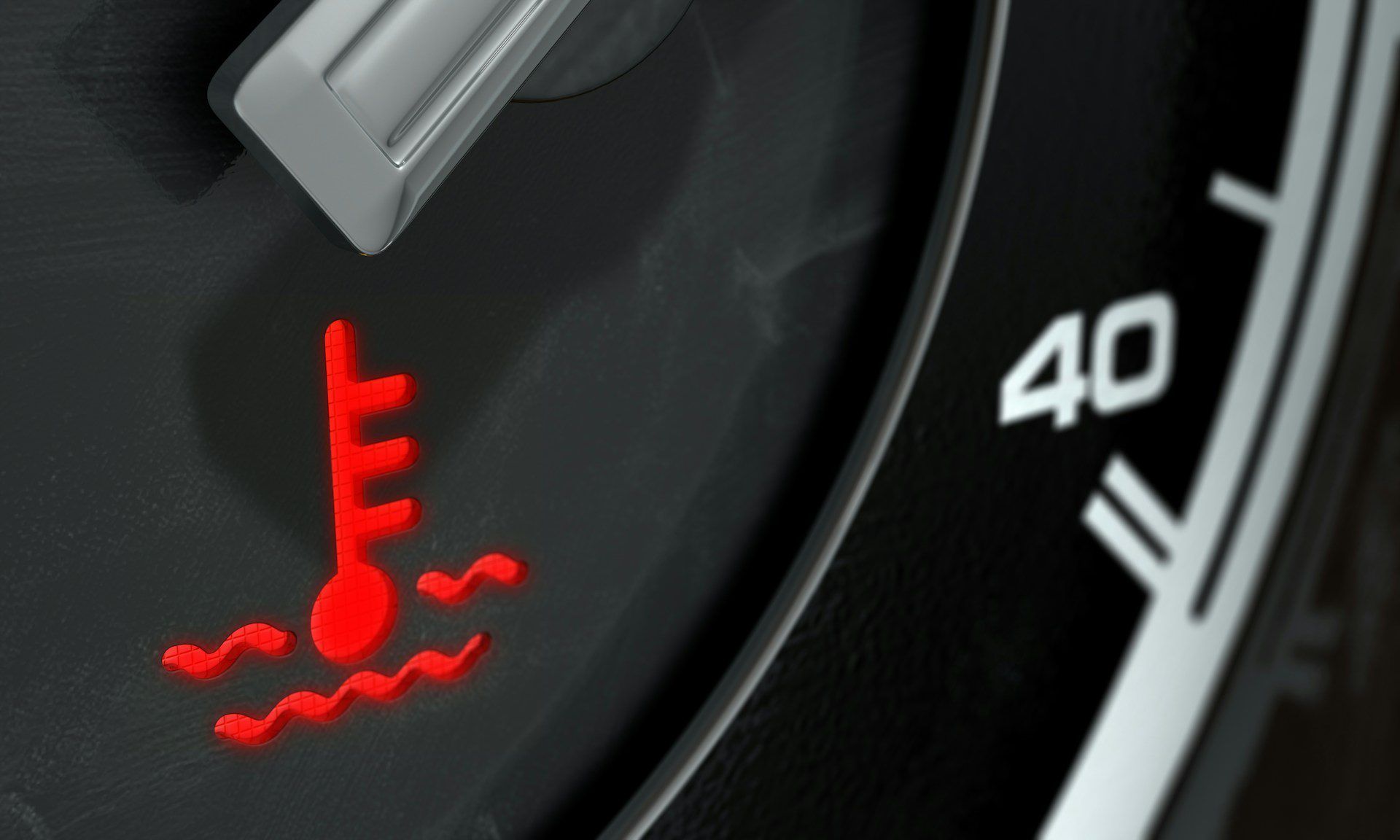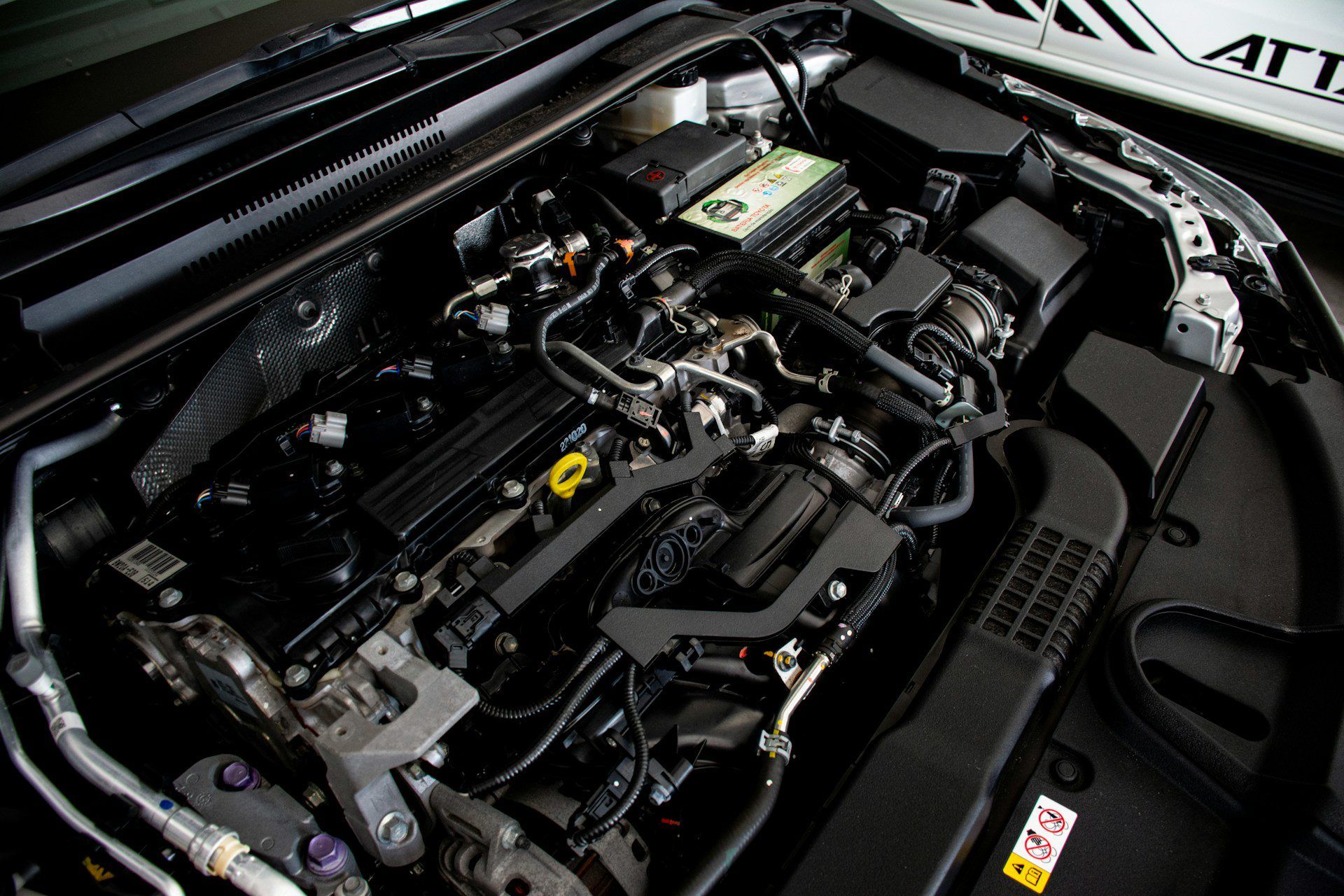Understanding Full Auto Repair Options in Albuquerque
Cars go through a lot over the years, whether we’re just running errands or heading across the state. They need different kinds of care depending on what’s going wrong or how long it’s gone unchecked. That could mean something small, like a brake pad wearing down, or something deeper, like an electrical issue getting worse over time.
With colder weather on the way in Albuquerque, it’s the perfect time to think about how your vehicle handles the change. Batteries weaken faster in the cold, oil thickens, and older systems can start to show their age. That’s why knowing your options for auto repair in Albuquerque matters. Not every problem is a quick fix, and full repair options can help you stay ahead of breakdowns before they leave you stuck when temperatures drop.
What Full Auto Repair Really Means
Auto repair can mean different things depending on who you ask. For some, it’s just an oil change or a tire rotation. But when we talk about full repair, we’re not just checking one system. We’re talking about the whole car, how everything works together to keep you moving.
- Full repair includes mechanical work, electrical repairs, and complete diagnostics
- It doesn’t stop at changing fluids or swapping filters
- It looks at deeper systems, like your engine, suspension, brakes, electrical wiring, and more
Sometimes it’s not the main part that breaks, but something that feeds into it. A bad sensor might mess with your fuel system. A loose wire could stop your headlights and your heater from working. Full repairs help connect the dots across your entire car. When we look at the big picture, it helps catch problems early, even if they start small.
Signs Your Car Might Need a Closer Look
Cars usually give us warning signs when something’s off, but they’re not always easy to spot, or they’re easy to ignore until things get worse. Learning to notice those signs can save time and stress later.
- Strange sounds like squeaks, rattles, or grinding can point to trouble inside brakes, wheels, or engine parts
- Leaks under the car, especially colored fluids, often mean something’s cracked or worn out
- Dashboard lights staying on for things like the battery or check engine warning shouldn’t be brushed off
You might even notice softer clues, like your car pulling to one side, struggling to start in the morning, or stopping harder than usual. These are hints that something beyond basic maintenance needs attention. Getting a full inspection sooner can help catch those issues before they lead to bigger damage. It’s a smart move, especially ahead of the colder months ahead.
The Role of Seasonal Changes in Repairs
Albuquerque winters may not bring heavy snow, but the drop in temperature can still bring out hidden problems in your car. Cold weather makes engines work harder, parts shrink slightly, and older pieces are more likely to fail.
- Batteries that were “okay” in the summer often lose power fast when the temperature drops
- Belts and hoses can stiffen and crack in cold air, especially if they’re near the end of their lifespan
- Cold mornings might bring sluggish starts or tire pressure warnings as temperatures shift overnight
These changes aren’t always obvious at first, but they build up. If your car’s been acting a little off lately, the coming season could make those small issues much more frustrating. That’s why getting repairs done ahead of winter makes a real difference. Fixing something now often means avoiding a breakdown in the middle of a late-November morning.
How a Repair Shop Looks at the Whole Car
When your car comes in for a full repair, it’s not just about swapping out parts that look worn. We check how systems are working together and look for problems under the surface that you wouldn’t spot while driving.
- We use diagnostic tools to check your engine, brakes, electrical systems, and sensors
- These tools help find issues that don’t show up through sound, feel, or warning lights
- A full check goes beyond guesswork and connects missed problems back to the systems they affect
At Rio Grande Automotive, we provide complete car care, including inspections, diagnostics, engine repairs, suspension work, AC service, brake repairs, oil changes, and more. Our technicians are trained to work on both domestic and foreign vehicles, with a focus on accurate diagnostics and repairs you can trust.
Sometimes one part fails and throws off several others. A weak alternator might cause your car’s battery to drain, which can impact how smooth your engine runs or how your dash lights up. Catching the “why” instead of swapping the part is the kind of difference that comes with a full repair. That’s where good diagnostics pay off.
What to Ask Before Winter Maintenance
As the weather starts to cool, it’s a good time to ask a few questions before longer drives or chilly morning commutes get here. Checking in now helps keep your car feeling strong through December and beyond.
- When was your battery last replaced or tested? If it’s older than three years, it’s worth checking
- Have your brakes been squeaking or taking longer to stop? That extra second matters on icy roads
- Is your heater working the way it should, especially when you first start your car?
It’s also helpful to think through upcoming travel plans, like weekend drives or road trips for the holidays. Planning ahead means fewer surprises. Setting up auto repair in Albuquerque before winter really settles in can mean the difference between confidence and stress when you’re trying to get somewhere on time.
Keep Your Car Working All Season Long
Full auto repair isn’t just about fixing things that are broken. It’s about how all the parts of your car work together and keeping those systems in shape so you’re not caught off guard. When one piece starts to wear down, it can put extra pressure on others, and repairs can add up fast once winter hits.
By spotting early signs and taking care of them before the cold really sets in, we give ourselves a better shot at staying safe and avoiding mid-season breakdowns. It’s worth a little time now to keep our cars ready for the colder months ahead. When everything works the way it should, it’s one less thing to worry about in the middle of a busy season.
Choose Expert Full Service for Winter Confidence
At Rio Grande Automotive, we understand how important it is to keep your car reliable as temperatures drop. With a reputation for honesty and integrity in Albuquerque since 2015, our family-owned shop offers convenient scheduling and a focus on customer satisfaction. Hearing new noises or noticing changes in how your vehicle drives is your cue to address small problems before they become bigger issues. When you want peace of mind on the road, trust us for complete options for auto repair in Albuquerque. Let’s get ahead of the season together, call us today to schedule a convenient time.
